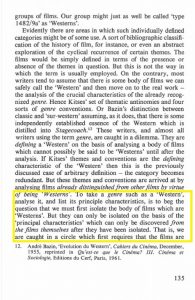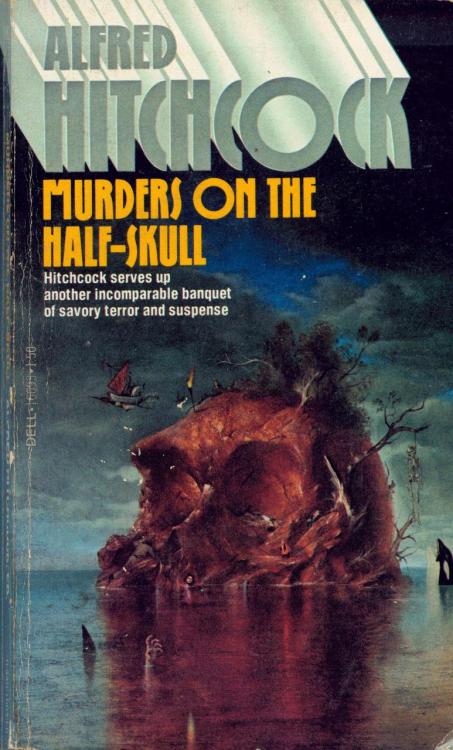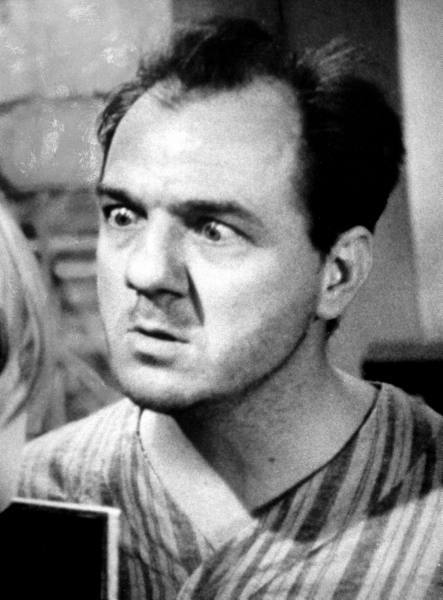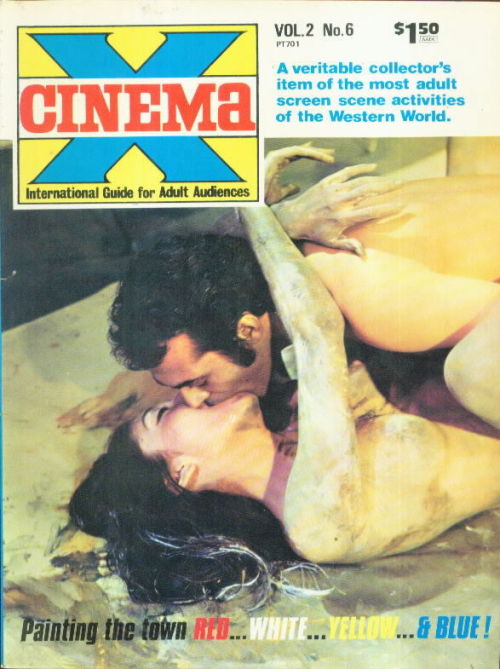I finally started writing my master thesis for a degree in philosophy.
The subject?
“Can porn be art?”
The answer: “Yes it can be but usually it’s not.”
Anyway, to get to this answer, one needs to define art and porn.
Defining art is notoriously difficult.
Defining porn less so. First you need to get rid of the tautological genre-trap (see genre theory, corpus and tautology).
I finally read the original page on which the problem of the tautological genre-trap is first elaborated [above].
The page is from Andrew Tudor’s 1974 Theories of Film, the chapter’s title is “Critical Method: Auteur and Genre”, the page 135.
The text reads:
- “To take a genre such as a ‘Western’, analyse it, and list its principal characteristics, is to beg the question that we must first isolate the body of films which are ‘Westerns’. But they can only be isolated on the basis of the ‘principal characteristics’ which can only be discovered from the films themselves after they have been isolated. That is, we are caught in a circle that first requires that the films be isolated, for which purposes a criterion is necessary, but the criterion is, in turn, meant to emerge from the empirically established common characteristics of the films.”
Tudor calls this an ’empiricist dilemma’.
More philosophically, you might call ‘genre’ an ostensive definition.
My way out of this quagmire?
Make use of Venn-diagrams. Some works are part of the ‘western’ set but can overlap with other sets.


![Roland Topor’s magnificent design for the film poster[1] of In the Realm of the Senses.See prev. post.](http://www.tumblr.com/photo/1280/jahsonic/1192329783/1/tumblr_l9d59dGjyx1qz4yqi)




